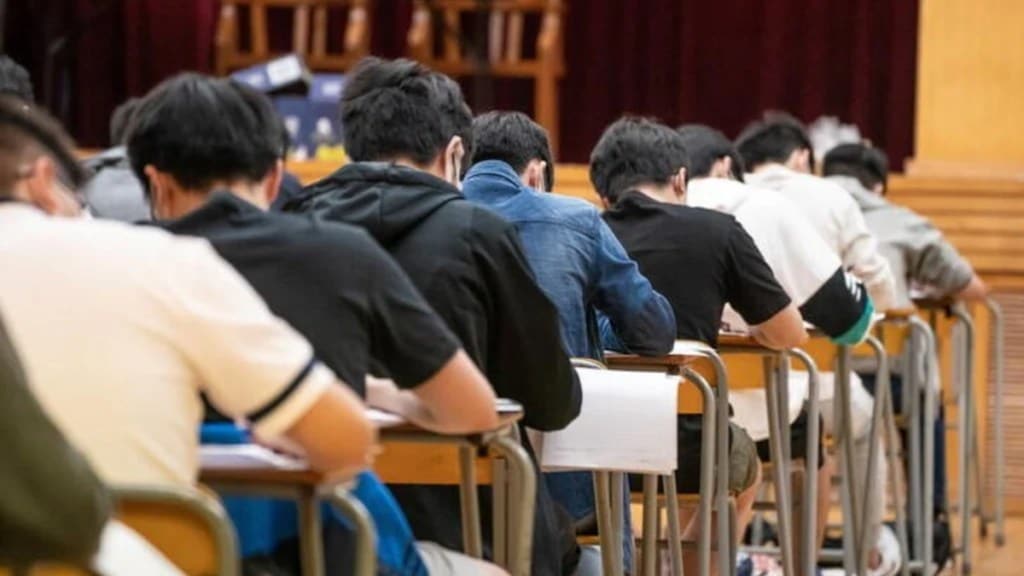Every year, nearly 0.8 million students who attempt to but don’t get into top league institutes like IITs, IIMs and ISB opt for weaker colleges or go abroad for higher studies. In order to target these “creamy students”, the University of Southampton is setting up a campus in Gurugram which will be operational from next year. Once operational, this will be the second foreign university to set up a campus in India after Australia-based Deakin University that opened its first international campus in India in January this year.
“India has a huge young population who wants high-quality tertiary education. The Indian government has opened the doors for foreign quality universities. We see a great opportunity with University of Southampton which is ranked top in several global rankings,” said Lil Bremermann-Richard, group CEO of Oxford International Education, which is assisting the university in setting up the campus and student acquisition.
She said that recent restrictions in immigration rules in countries such as Canada, Australia and the UK are going to work in their favour. “For numerous reasons, a lot of students don’t want to study abroad either because of their family commitments or because they don’t want to leave the country. Also, Canada, US, and Australia have become a lot more expensive because of the inflation. Our programmes are going to cost 40% lower as compared to studying abroad,” she said.
As per QS World University Rankings 2025, the University of Southampton is ranked 80th globally whereas in the Times Higher Education’s World University Rankings 2025, it is ranked at 115. In comparison, the highest ranked Indian institute in QS rankings is IIT Bombay (at #118) whereas Indian Institute of Science [IISc Bengaluru] (at #251-300) is top-ranked Indian institute in Times Higher Education’s rankings.
Meanwhile, the University of Southampton plans to start with four undergraduate and two masters programmes with focus on engineering and management education. “We are starting small. We will have about 200 students in the first year. We will progressively grow with an ambition to get close to enrolling 10,000 students annually in about 10 years. However, high-quality education is not about volume,” said Bremermann-Richard.
Experts argue that foreign universities are likely to face a bunch of challenges in India. “The first roadblock is to meet the compliance criteria of the government. To attract faculty with a competitive salary structure is another challenge. They will have to compete with premium institutions in India in that area. It is not going to be a walkover for them,” said Satish Modh, dean (faculty of commerce and business studies) at Somaiya Vidyavihar University.
On the faculty side, the University of Southampton is planning to hire a combination of foreign and local academicians. “We are prepared to bring academics from overseas. We are aware of the shortage of high-quality academics. We are opening the doors for the best. In the beginning, we will have more foreign academics, particularly from the UK. But we are hoping to reach a good balance in the future,” added Bremermann-Richard.

